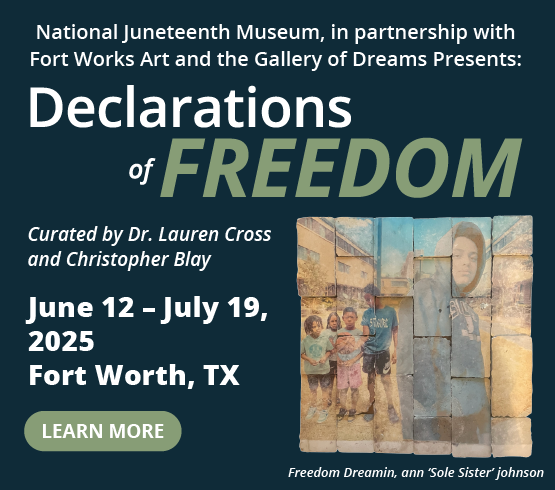Dancer, choreographer and artistic director of Pilot Dance Project, Adam Castañeda didn’t begin dance training until his early twenties, yet he believes leaping over those childhood and adolescent studio years might have given him some advantages.
Though ballet classes were foundational for his training, he realized quickly that ballet wasn’t his “destiny,” and instead he heard the call of modern dance.
“It has a more artistic sensibility in the sense that it’s not really about skill set. It’s more about movement quality and what the choreographer is trying to say. That appealed to me as someone who has a Master’s in Literature.”
“I really viewed myself as a learner of dance. Going to all these shows week after week—that was my dance education. I was using my writing as a way to develop my understanding of dance and to develop my sensibility, my values and my aesthetic.”
Castañeda first started thinking about moving into choreography when working with Suchu Dance founder, Jennifer Wood, whose process calls for collaboration with her dancers.
“I credit Jennifer Wood with basically teaching me to really dance and also empowering me to be confident in my own movement,” he describes.
Awarded Dance Source Houston’s artist in residence in 2019 he created his first longer dance and “just never stopped.”

1 ⁄6
Adam Castañeda in Rohnique Murray’s Portrait of Peace. Photo by Lynn Lane.

2 ⁄6
Adam Castañeda in Ashley Horn's Forgotten Ground. Photo by Lynn Lane.

3⁄ 6
Adam Castañeda, Cloe Leppard, Jaredd Martin, and Kristina Prats in The Pilot Dance Project production of The Delicate Space. Photo by Lynn Lane.

4 ⁄6
The Pilot Dance Project in A Migration Through Northside by Adam Castañeda. Photo by Lynn Lane.

5 ⁄6
The Pilot Dance Project in Lazarus in the Promised Land by Adam Castañeda. Photo by Lynn Lane.

6 ⁄6
Adam Castañeda and Courtney Sherman-Allen in The Pilot Dance Project production of The Delicate Space. Photo by Lynn Lane.
“My dances are an amalgamation of everything I’m processing in my life at the moment.”
For Castañeda, processing means using the world around him for material, merging it with his emotional and intellectual inner world and weaving it together through movement. A good example was Purple Bromeliads, a piece he created for the Woodlands Waterway Art Festival. While caring for his bromeliad-filled home garden, he was also reading some ecological science fiction novels, which left him thinking about communities under environmental threat.
“That coincided with just being in love with these beautiful bromeliads. My piece had that beauty of the bromeliad but also had this kind of pulsing sense of danger that I was digesting from the science fictio,” he describes.
March 8-10 brings one of his biggest projects of the year, the fourth annual Texas Latino/a/x Contemporary Dance Festival. The idea for a festival focused on Latinx work struck Castañeda as Pilot Dance Project artistic director after seeing so many promising Latinx choreographers coming out of the University of Houston dance program.
“At the time I was a young company director and part of me was just very worried for them because I knew how difficult it was to produce dance.”
Looking at the dance festival landscape across the U.S, he also felt most can fit into familar categories: ballet, classical, modern, and experimental postmodern. Yet his own work and the work he sees from other Latinx choreographers doesn’t necessarily fit into a neat genre box.
“There is a reason why I’m drawn to the sense of theatricality and drama and emotion. That’s a cultural trademark of a Latin performance aesthetic,” he describes, adding that he also sees innovative work from Latinx choreographers who blend and fuse moves from indigenous cultures and different Latin heritages, “taking salsa and samba and all of these Latin social dances and incorporating them into western concert dance. I just don’t see any of this making it into a festival.”
Though the pandemic forced that first festival to join the great performing art pivot to a streaming stage, it made enough of a splash in the dance community to garner grant funds and many applicants for the next two live and in-person sold out festivals.
This year, the festival goes to three days at the Deluxe Theater with a different roster of artists and performances each night, and features 25-30 works by artists from around the country and Mexico.
“I don’t know how the word is getting out,” he says with a laugh, “but it’s getting out.”
—TARRA GAINES





